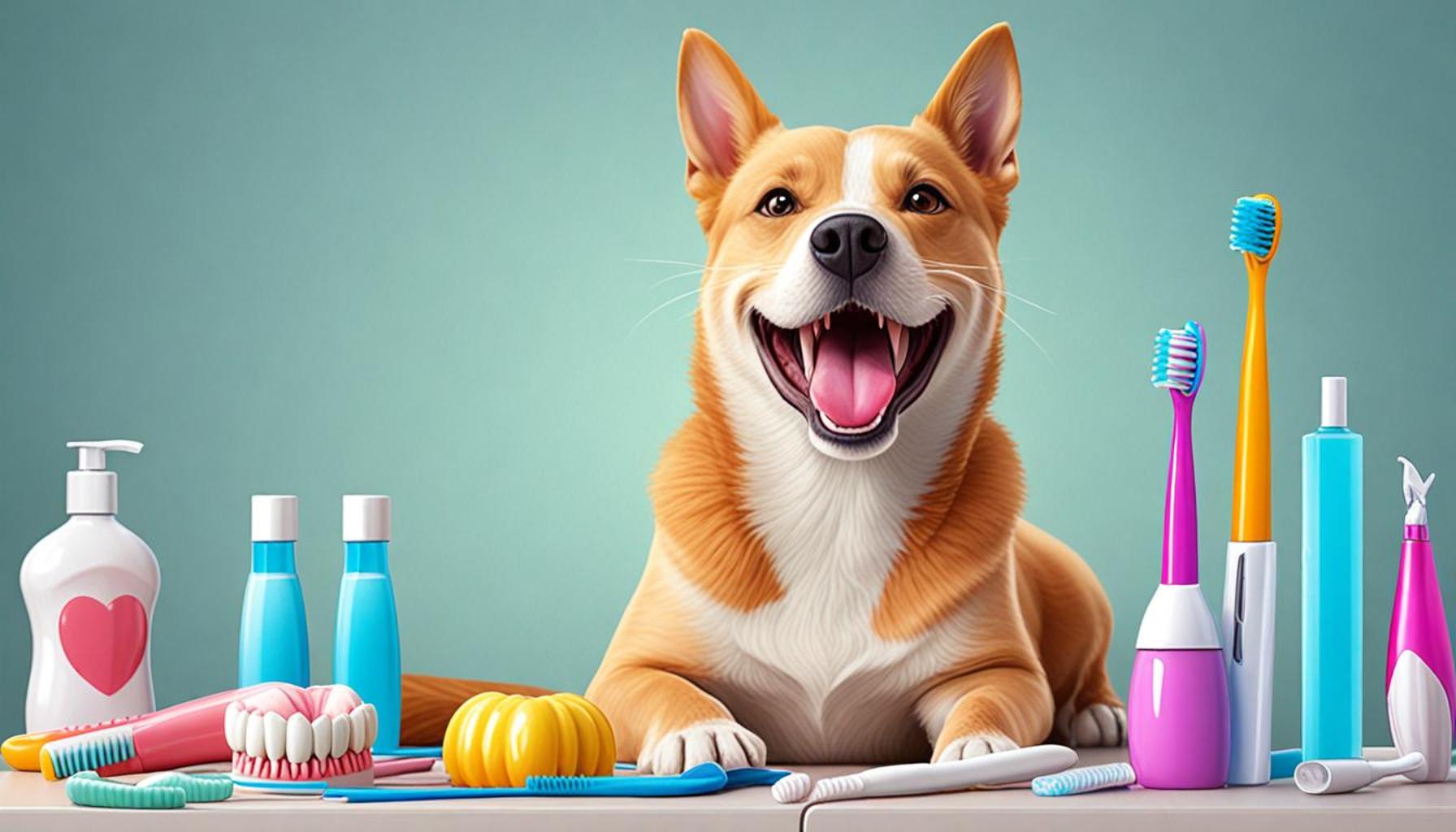Positive Training Techniques to Improve Coexistence with Your Pet

Discover the Power of Positive Training
Creating a harmonious relationship with your pet can be an enriching journey. Positive training techniques are designed to forge stronger bonds and enhance communication, presenting a pathway to tackle common challenges faced by pet owners effectively. Whether you are welcoming a feisty puppy into your home or looking to mitigate behavioral issues in an older dog, understanding these methods can be transformative.
Understanding the fundamentals of positive training can be game-changing. Here’s why you should consider it:
- Builds Trust: By using methods that prioritize encouragement over punishment, you foster an environment where your pet feels safe and valued. For instance, when a fearful dog is gradually introduced to new stimuli through positive reinforcement, it helps alleviate their anxiety and encourages confidence.
- Enhances Learning: Positive training methods, like clicker training, make the process more enjoyable. Dogs associate the sound of the clicker with a reward, facilitating quicker understanding of desired behaviors. For example, a dog that jumps up to greet will learn to sit instead when presented with treats for good behavior.
- Reduces Stress: This method lowers anxiety for both owner and pet. Research suggests that training sessions based on positive reinforcement lead to calmer environments, reducing the likelihood of negative interactions, such as barking or whining due to frustration or fear.
Incorporating techniques like clicker training, reward-based methods, and socialization can drastically transform behaviors. Each approach focuses on showcasing the desired actions through rewards and encouragement. Using treats, praise, or even playtime as a reward creates a powerful motivation for your pet to repeat good behavior. Additionally, socialization with other animals and diverse environments builds a well-rounded companion who adapts exceptionally well in various scenarios.
For example, setting up playdates with other friendly, well-trained dogs can teach your pet crucial social skills while reinforcing their training in a fun way. As a pet owner, exploring these methods can lead to a more fulfilling coexistence, filled with joy and companionship. This approach not only helps in correcting unwanted behaviors but enhances your pet’s quality of life.
Moreover, it’s an investment in your pet’s emotional well-being. Positive training techniques pave the way for a lifetime of joy and companionship, nurturing a pet that is not only obedient but also emotionally healthy. By adopting these practices, you create lasting memories and bonds that make for a rewarding pet ownership experience.
Start your positive training journey today, and discover the profound impact it can have on both your life and the life of your furry friend.
DISCOVER MORE: Click here to learn which dog breeds excel in outdoor activities
Exploring Effective Positive Training Techniques
When it comes to improving coexistence with your pet, positive training techniques stand out as particularly effective. These methods not only help in shaping your pet’s behavior, but they also enrich your relationship with them. Let’s delve into some popular techniques that can lead to a more peaceful and joyful home environment for both you and your furry companion.
1. Clicker Training
Clicker training is one of the most renowned positive reinforcement techniques. It utilizes a small handheld device that makes a distinct clicking sound when your pet performs a desired behavior. This click serves as a marker, signaling to your pet that they’ve done something correct, immediately followed by a reward such as a treat or praise. For example, if you want to teach your dog to sit, as soon as they lower their rear end to the ground, click the device and offer a reward. This clear communication helps your pet understand what specific behavior is being encouraged, making learning more efficient.
2. The Power of Treats
Utilizing treats as a reward is a foundational element of positive training. The key is to find what motivates your pet the most, whether it be a favorite snack, a toy, or even affection. Establishing a reward system helps guide your pet towards the behaviors you wish to encourage. For instance, if your dog remains calm during a walk despite distractions, rewarding them with treats for excellent behavior reinforces that calmness. Over time, your pet begins to anticipate rewards for the desired behavior, leading to a happier and more well-adjusted companion.
3. Socialization and Environmental Exposure
Another essential technique focuses on socialization. Introducing your pet to a variety of environments, people, and other animals is crucial for healthy emotional development. Organizing playdates with other friendly dogs or visiting dog parks can significantly enhance your pet’s social skills. This not only helps mitigate territorial behaviors but also instills confidence. A well-socialized pet is more adaptable and less likely to exhibit fear-based behaviors when encountering new experiences or individuals.
4. Consistency and Patience
Consistency in training sessions is vital. Dogs thrive on routine and clear expectations. Keeping commands uniform and using the same language and signals for specific actions helps eliminate confusion. Additionally, patience is essential. Learning can take time, and acknowledging your pet’s progress, however small, can foster their feelings of accomplishment and motivation.
By integrating these positive training techniques into your routine, you can witness remarkable changes in your pet’s behavior and overall well-being. Every interaction becomes an opportunity for learning, creating an environment where your pet feels safe, eager to engage, and ready to learn. Together, you can build a strong, harmonious bond that enhances the quality of life for both of you.
| Training Technique | Advantages |
|---|---|
| Clicker Training | Enhances communication and understanding between pet and owner. |
| Positive Reinforcement | Encourages desired behaviors by rewarding pets, leading to a happier, more obedient animal. |
| Socialization Techniques | Promotes well-rounded and confident pets, reducing fear and aggression towards unfamiliar situations. |
| Mind-Stimulating Activities | Keeps pets engaged, decreasing behavioral issues while strengthening the human-animal bond. |
In the realm of Positive Training Techniques to Improve Coexistence with Your Pet, utilizing methods such as clicker training can significantly enhance the communication dynamics between you and your beloved animal. By effectively marking desired behavior with a sound, you allow your pet to associate their actions with positive outcomes, thus creating an enriching relational experience. Additionally, the emphasis on positive reinforcement not only shapes desirable behaviors but also deepens the bond you have with your pet, leading to a loyal companion who thrives in a safety of trust and love. Moreover, implementing socialization techniques is pivotal in nurturing well-adjusted pets. Exposing them to varied environments, sounds, and other animals can substantially minimize fear-related aggression, paving the way for serene coexistence.Lastly, incorporating mind-stimulating activities such as puzzle toys or training games can serve as excellent outlets for pent-up energy, ultimately reducing behavioral problems while simultaneously enhancing the human-animal connection.
DISCOVER MORE: Click here for insights on family-friendly dog breeds
Building a Stronger Bond through Positive Reinforcement
As you continue to explore positive training techniques, it’s essential to understand how these methods not only improve your pet’s behavior but also strengthen the bond you share. Here are additional strategies that complement previous methods, offering further insights into nurturing a fulfilling relationship with your pet.
5. Target Training
Target training is an engaging technique where you teach your pet to touch a designated object, usually your hand or a target stick. This method is particularly effective for dogs and even some cats. To start, simply present the target to your pet, and when they make contact—whether it’s a nose touch, paw tap, or any interaction—reward them immediately with treats and praise. As your pet becomes comfortable with the target, gradually increase the distance or complexity of the task. This technique not only promotes focus but also encourages problem-solving skills, providing mental stimulation that can prevent behavioral issues stemming from boredom.
6. Leash Training and Loose Leash Walking
Implementing leash training is paramount for stress-free walks. Many pet owners face the challenge of their dogs pulling on the leash, which can lead to chaotic outings. By teaching your pet to walk on a loose leash, you create a more enjoyable experience for both of you. Start by choosing a quiet area free of distractions. When your dog walks calmly beside you, reward them with treats and verbal praise. If they pull ahead, stop walking and wait for them to return to your side before continuing. This reinforces the understanding that pulling leads to stoppage, while calm behavior results in moving forward. Such skills contribute to a safer and more pleasant walking experience, enhancing not just obedience, but the bond forged during outings.
7. Understanding and Rewarding Calm Behavior
Teaching your pet to be calm is equally important as encouraging active behavior. Desensitization techniques for events like doorbells ringing or meeting guests can be paramount in cultivating a serene home environment. Whenever your pet exhibits calm behavior—be it lying quietly or sitting—make it a point to reward them. This creates a positive association with tranquility. For example, if a delivery person arrives, provide treats while your pet remains calm during the encounter. Eventually, your pet learns that calmness leads to good things, significantly reducing anxiety-related behaviors.
8. Enrichment Activities
Enrichment activities are indispensable for a pet’s mental and physical well-being, going beyond basic training. These activities can include puzzle feeders, interactive toys, and even scent trails designed to engage your pet’s natural instincts. Such stimulating activities not only provide entertainment but also enhance cognitive function. Dogs, for instance, have incredible sniffing abilities, so creating scent-based games will satisfy their innate need to explore and discover. By incorporating enrichment into daily routines, you help alleviate behavioral issues stemming from pent-up energy and boredom, ultimately leading to a harmonious living environment.
With consistency, patience, and a blend of these positive training techniques, you will create an enriching environment for your pet. Each technique provides a unique opportunity for connection, ensuring that your relationship flourishes in understanding and joy, enhancing everyday coexistence.
DISCOVER MORE: Click here for great cat breeds for seniors
Conclusion: Cultivating Harmony through Positive Training
Incorporating positive training techniques into your interactions with your pet is an invaluable investment in the strength of your relationship. By utilizing methods such as target training, leash training, and rewarding calm behavior, you pave the way for improved behavior and a smoother coexistence. These approaches prioritize understanding your pet’s needs while simultaneously enhancing their emotional well-being, leading to a more peaceful living environment.
The significance of enrichment activities cannot be overstated; they are crucial for stimulating your pet’s mind and alleviating boredom. Creative play not only engages their natural instincts but also fosters a sense of fulfillment and happiness. As you integrate these techniques into your daily routine, remember that patience and consistency are key. Each small step taken reinforces positive behaviors, creating a nurturing atmosphere where both you and your pet can thrive.
As we continue to learn about animal behavior and the psychology behind training, it is essential to remain curious and open-minded. Consider seeking additional resources, such as workshops, books, or online courses, to deepen your understanding. By actively implementing these positive training methods, you can cultivate a lasting bond with your pet, characterized by trust, joy, and mutual respect. Ultimately, the journey of training is not just about shaping behavior; it’s about enriching the lives of the furry companions who bring so much joy into our lives.


